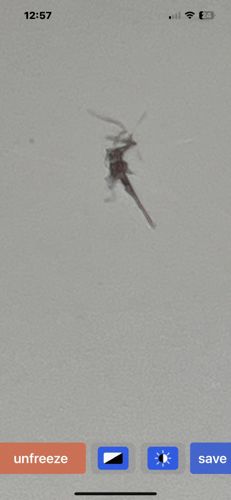Antlion larva (or 'doodlebug')
Scientific Name: Myrmeleontidae (larva)
Order & Family: Neuroptera, Myrmeleontidae
Size: Larvae typically range from 2.5 to 15 mm (0.1 to 0.6 inches) in length.

Natural Habitat
Sandy or dusty areas, often in sheltered spots like under overhanging rocks, eaves of buildings, or dry soil under trees. They are largely terrestrial.
Diet & Feeding
Strictly carnivorous. The larvae dig conical pits in loose sand and ambush small insects, primarily ants, that fall into the pit.
Behavior Patterns
Antlion larvae are solitary predators. They construct characteristic conical pits by flicking sand grains out with their head. When prey falls into the pit, the larva quickly grabs it with its large, sickle-shaped jaws and injects venom and digestive enzymes. They move backward when digging and hunting. Larval stage can last from several months to a few years. They pupate in an underground silk cocoon covered with sand.
Risks & Benefits
Antlion larvae are beneficial as natural pest control, preying on various small insects, including ants. They pose no risk to humans; they do not bite or sting people. Their pit-building behavior is fascinating and often observed in nature.
Identified on: 10/29/2025